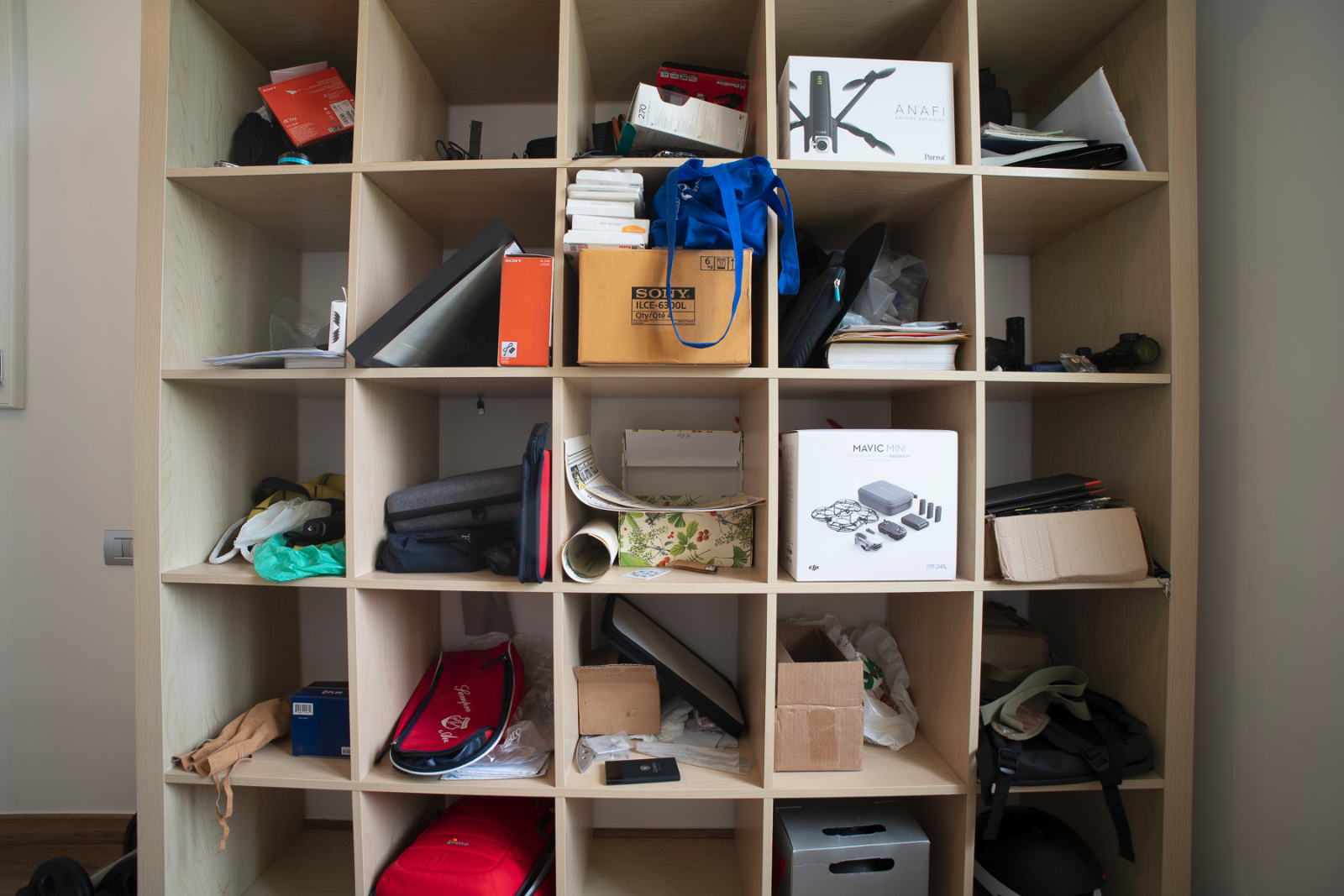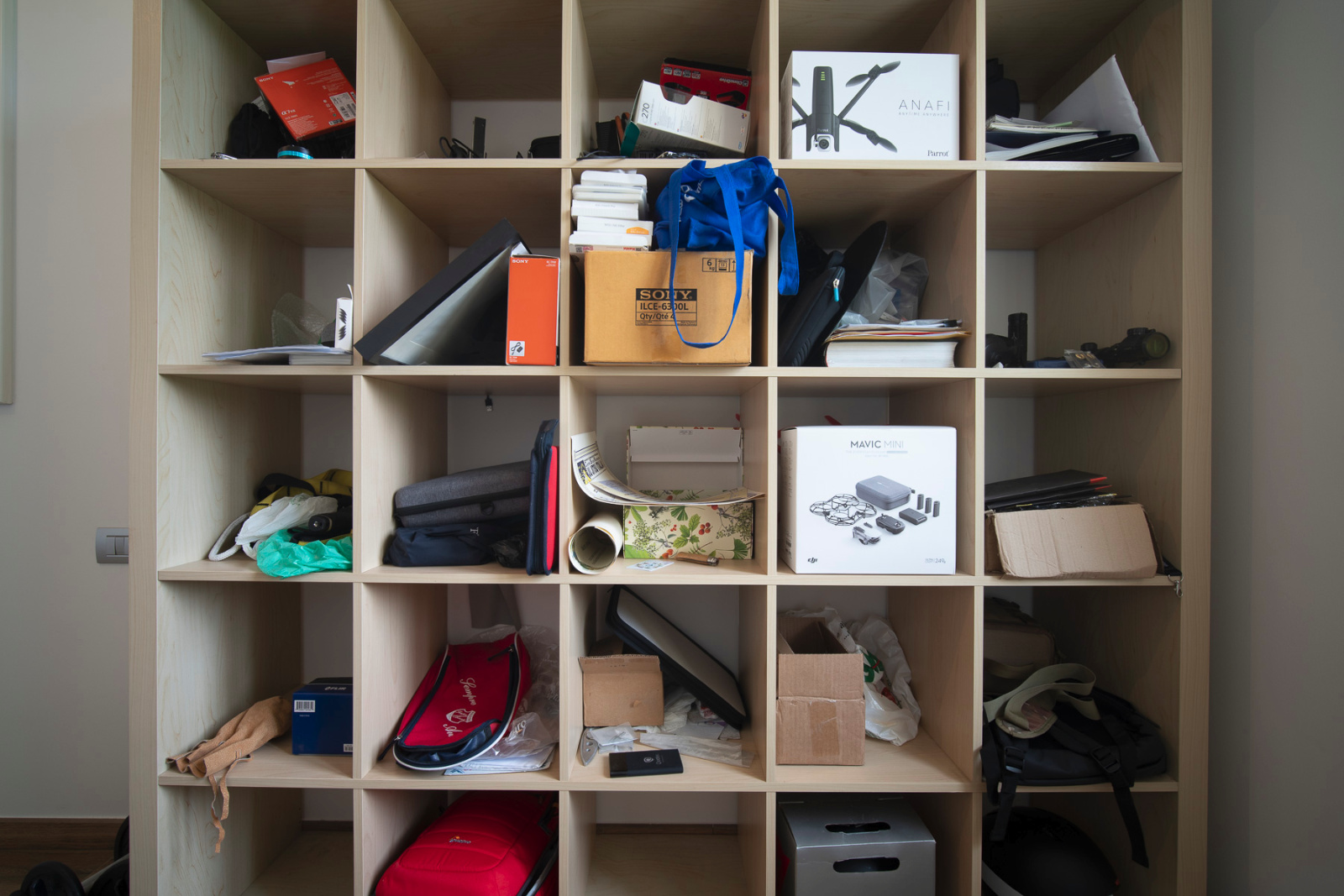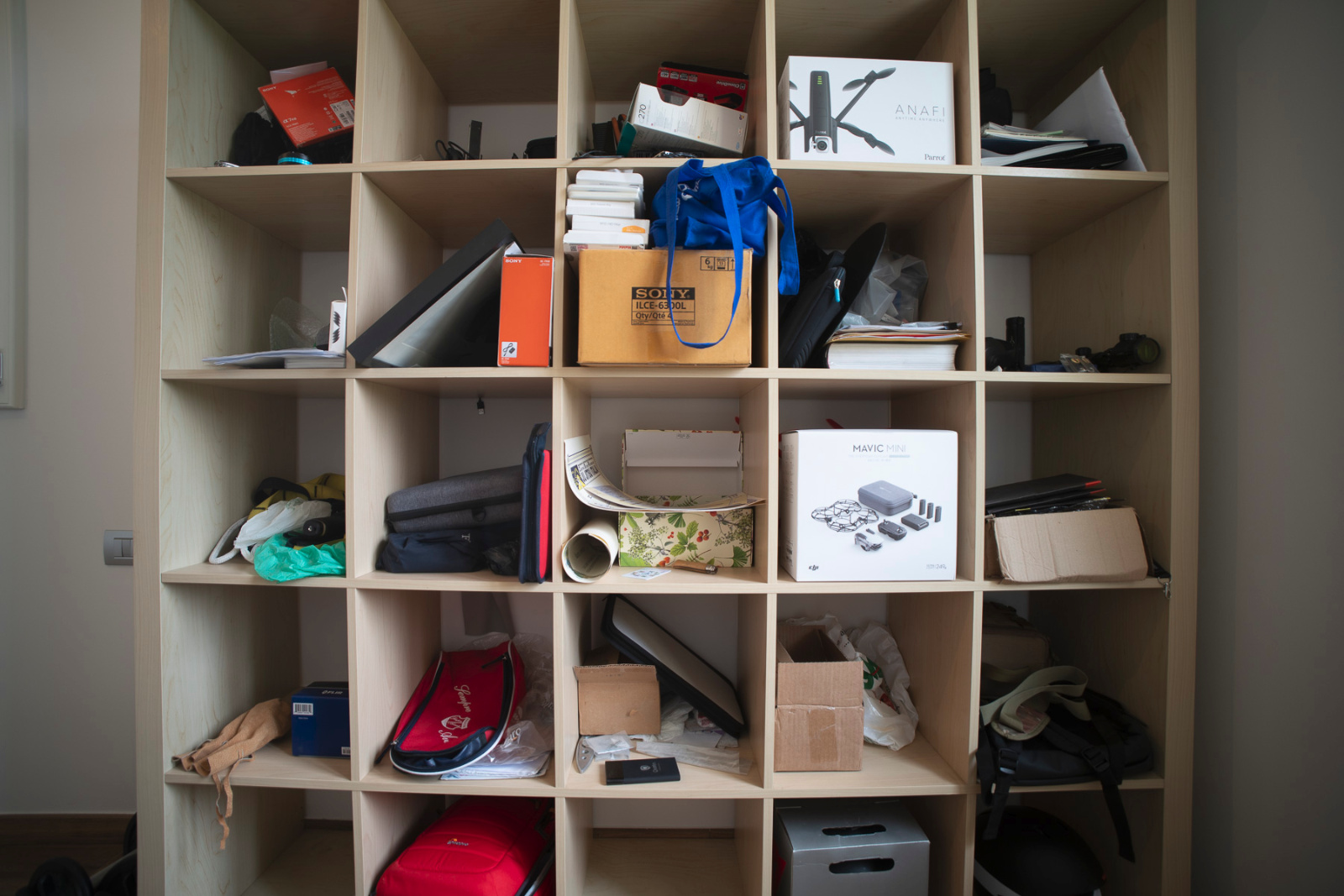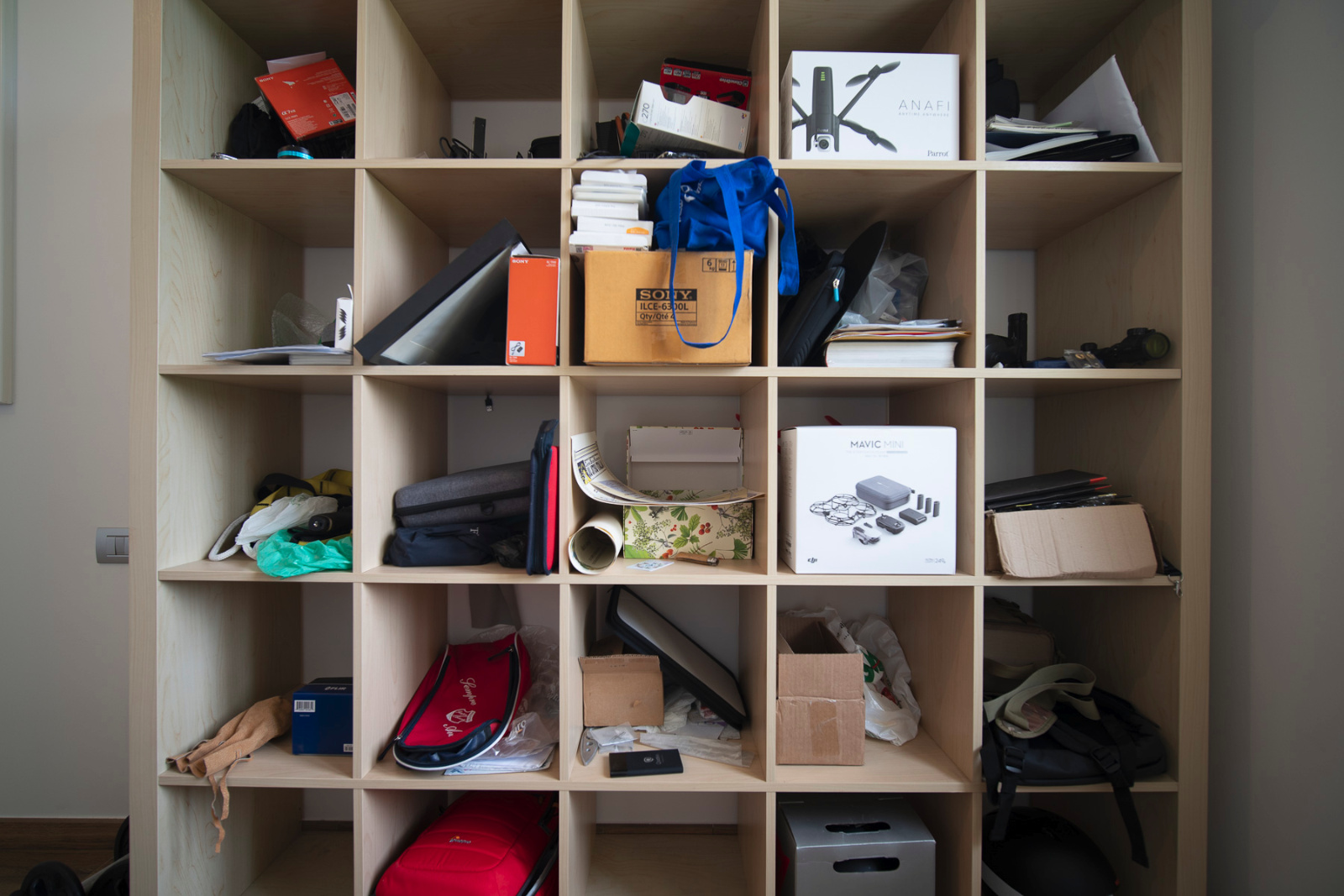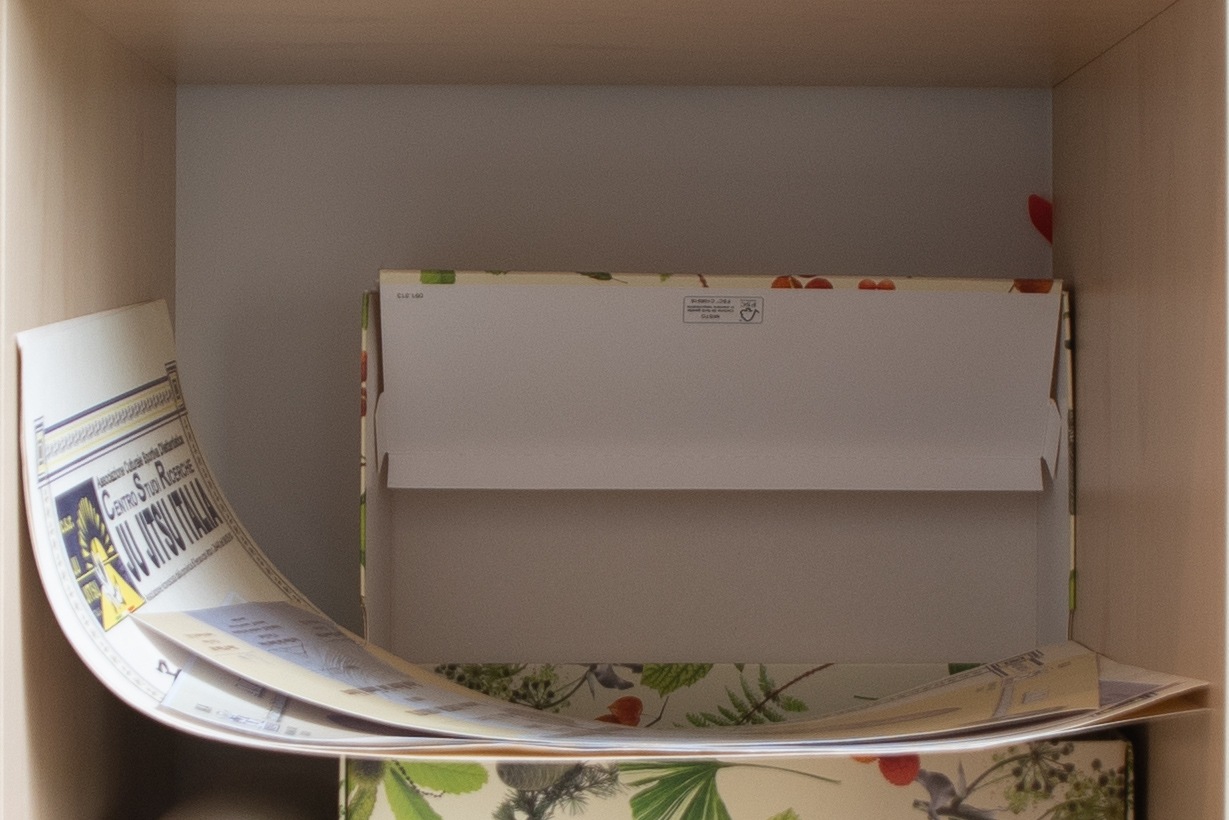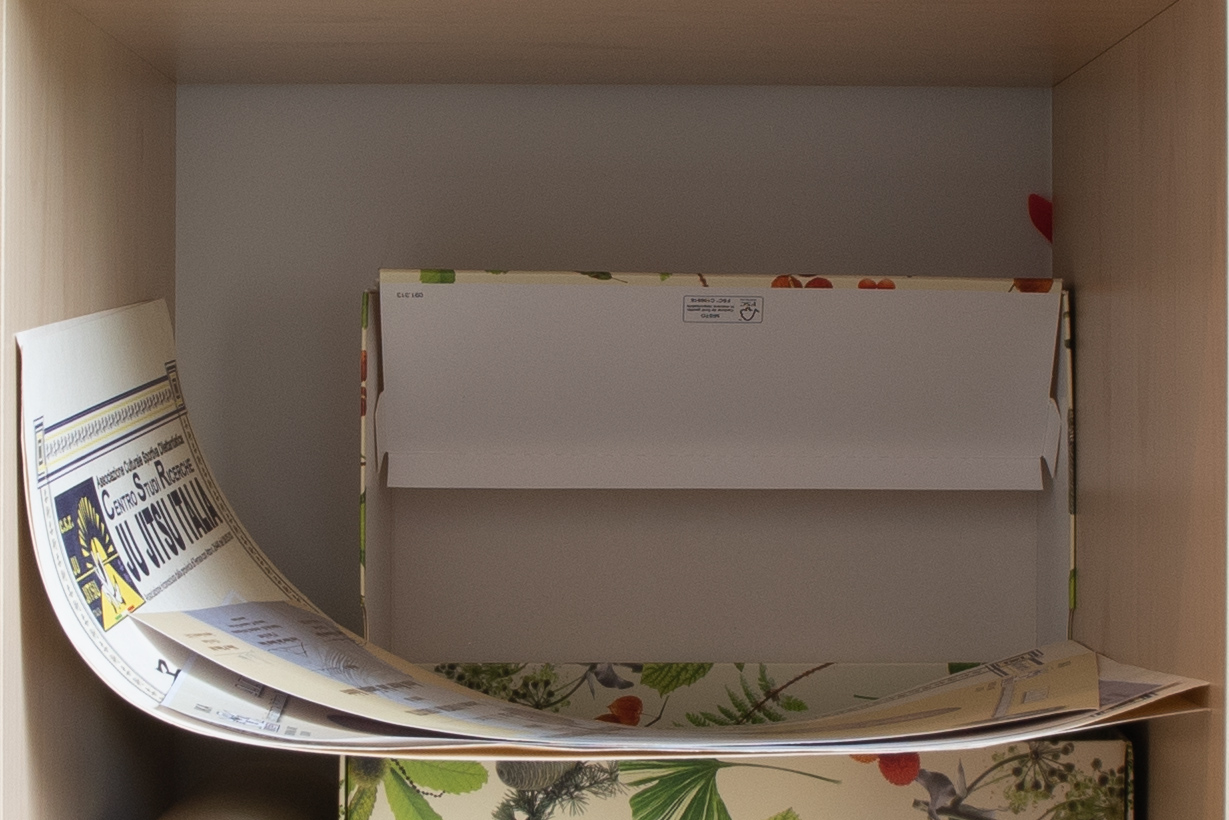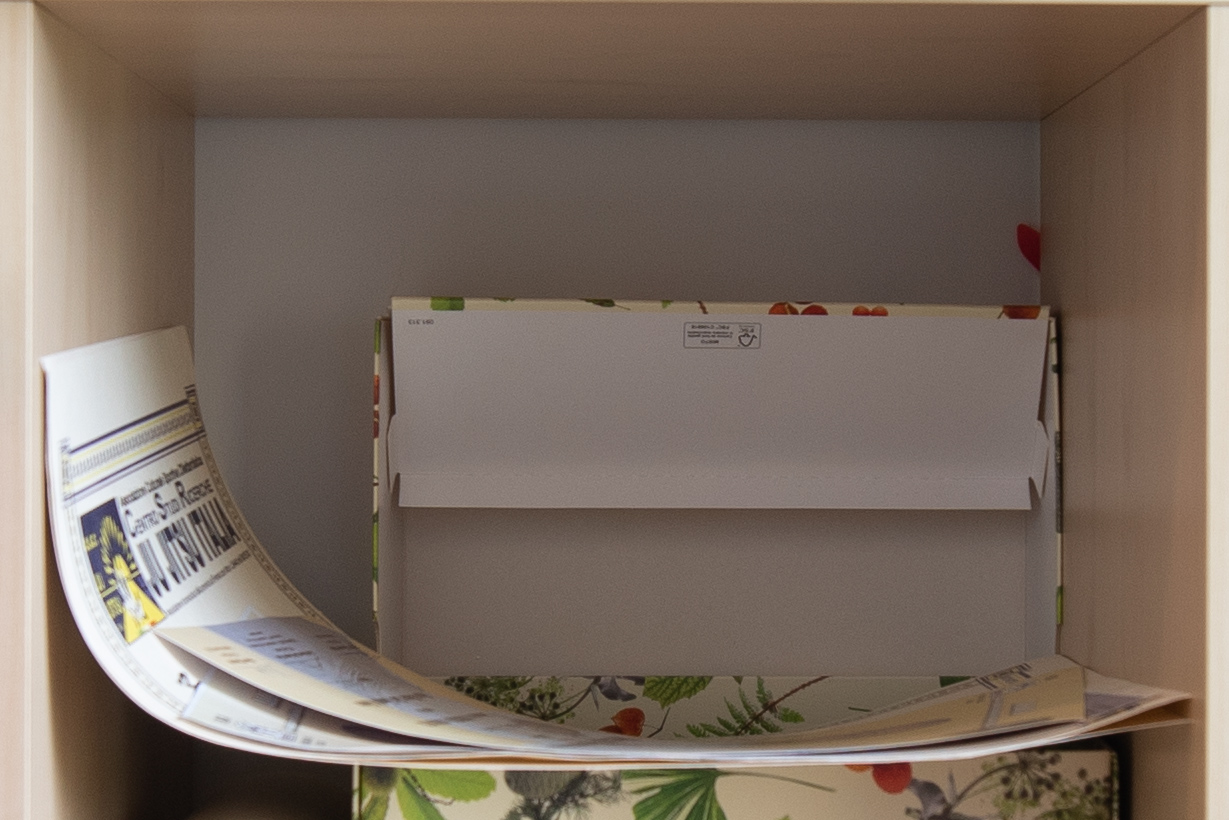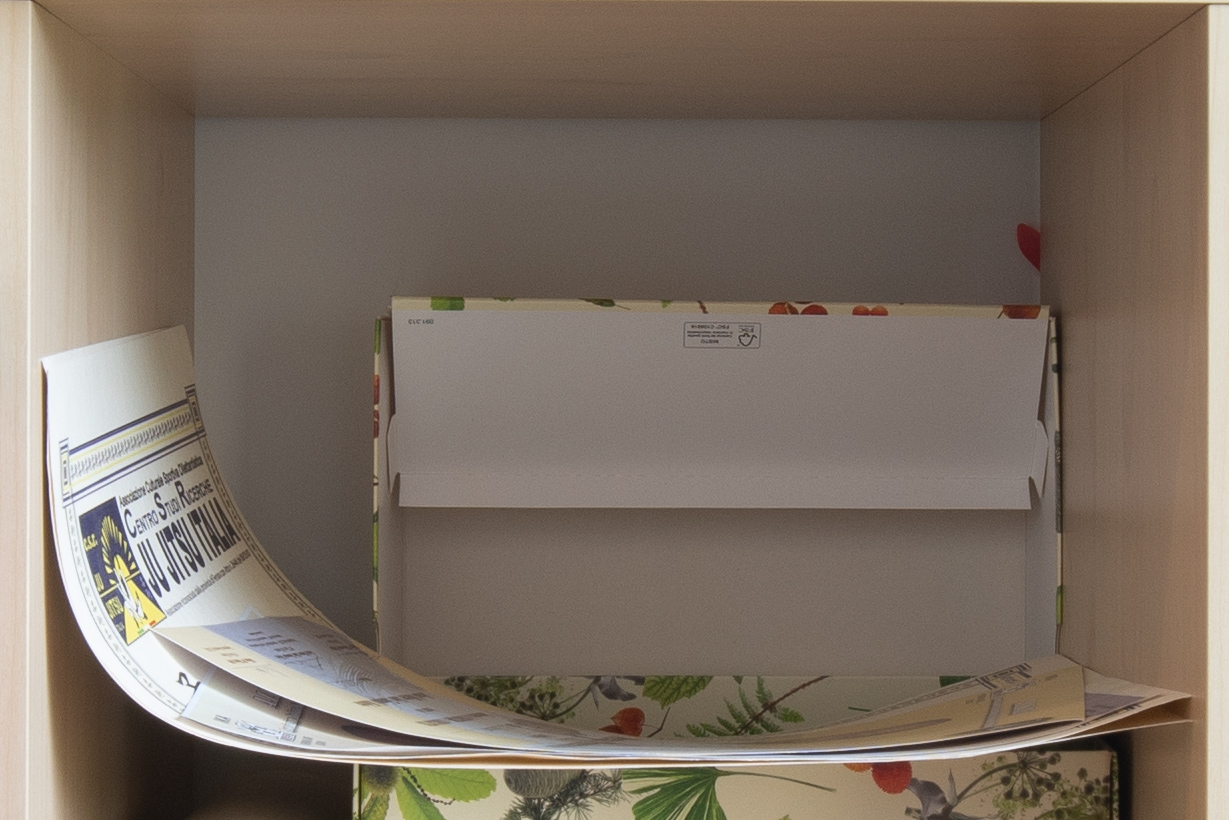15mm f/2 D-Dreamer VS 15mm f/4 Macro
Laowa produces 2 different kind of 15mm lenses. Which one better fits your needs? Is it worth to have both of them?
Exactly like many of you, in these days I am "trapped" at home due to the Italian lockdown caused by the Corona Virus outbreak. Staying away from my beloved landscapes is really hard... But I think that it is mandatory to strictly follow the "stay at home" directive.
I decided to use this long period to work on my photography, and find different forms of creativity. Due to the fact that I live near the city center, but with a big field in front of my house, macro photography appeared as the easiest choice.
As a proud owner of a Laowa 15mm lens, and since Laowa is famous especially for its macro lenses, the brand choice was done. But I had to decide between the great 100mm f/2.8 (here) and the 15mm f/4 (here). Hard choice, even because while I am writing this article, Laowa 100mm f/2.8 won the TIPA World Awards 2020 for the best DSLR macro lens!
Anyway, I decided to follow my instinct, and take the 15mm f/4. Why the hell to buy a second 15mm lens, when you already own the 15mm f/2?? This article is absolutely about my choice; I want to tell you the differences between the two, and help you to decide which one to buy (or if to buy the second one, as I did).
The lenses in numbers
I know there are many guys out there with a strong passion for numbers. Honestly I do not like them very much, speaking about lenses... but a serious article shall start with a comparison table. That's it.
(lol)
| 15mm f/4 Macro | 15mm f/2 Zero D | |
| Focal Length | 15mm | 15mm |
| Max Aperture | f/4 | f/2 |
| Angle of View | 110° | 110° |
| Lens Structure | 12 elements in 9 groups | 12 elements in 9 groups |
| Min Focus Distance | 12,2 cm | 15mm |
| Max Magnification | 1:1 | 1:4 |
| Filter Thread | 77mm | 72mm |
| Available mounts | Canon / Nikon / Sony A / Pentax K / Sony E | Sony FE, Nikon Z, Canon RF |
From the raw numbers, the difference seems quite little.. but believe me, nothing could be further from the truth; the lenses have many things in common, but also many important differences that must be understood. Start from what they have in common.
Analogies
Both of the lenses give immediately a sense of strength and sturdiness; black finished, with smooth focus rings. Both are very light (between 410 and 500 grams) and quite small (the macro one is a bit bigger). Both of them can use "normal" 100x100 square filters, and this is a great plus (front elements are not protruded).
Differences
Here we are... the most interesting things.
The D Dreamer 15mm is a lens designed for mirrorless cameras, so it is available only in Sony FE, Nikon Z and Canon RF mounts. The macro one, on the other hand, was born for DSLRs, and then adapted to mirrorless babies (so it is available in many more mounts).
The Macro lens has also lens shifting, very handy to correct perspectives and converging lines.
Speaking about aperture, the D Dreamer 15mm is way faster than its macro sister (f/2 vs f/4). The aperture rings are different too: in the first one, there are hard stops (and a little switch to de-click it), and in the macro one, the aperture ring is only smooth (no clicks).
Last, the lens hoods: in the Macro 15mm it is a quite cheap, plastic hood, while in the other lens even the hood is aluminium-made. Nice touch.
Of course, due to the macro nature of the f/4 lens, also the minimum focus distance is different: with the D-Dreamer you can go quite close to a subject (and thus getting a 1:4 magnification)... But with the macro lens you can nearly touch the subject (4mm!) and get a 1:1 magnification! This is the most important difference, and it is the one that most teased me... That "Jurassic look" that I could introduce to my beloved landscapes.
Below a 100% crop of a shot of a spider, taken with the 15mm f/2 D-Dreamer. As you can see, it is not possible to go near enough to the subject, while including a good landscape as a background.
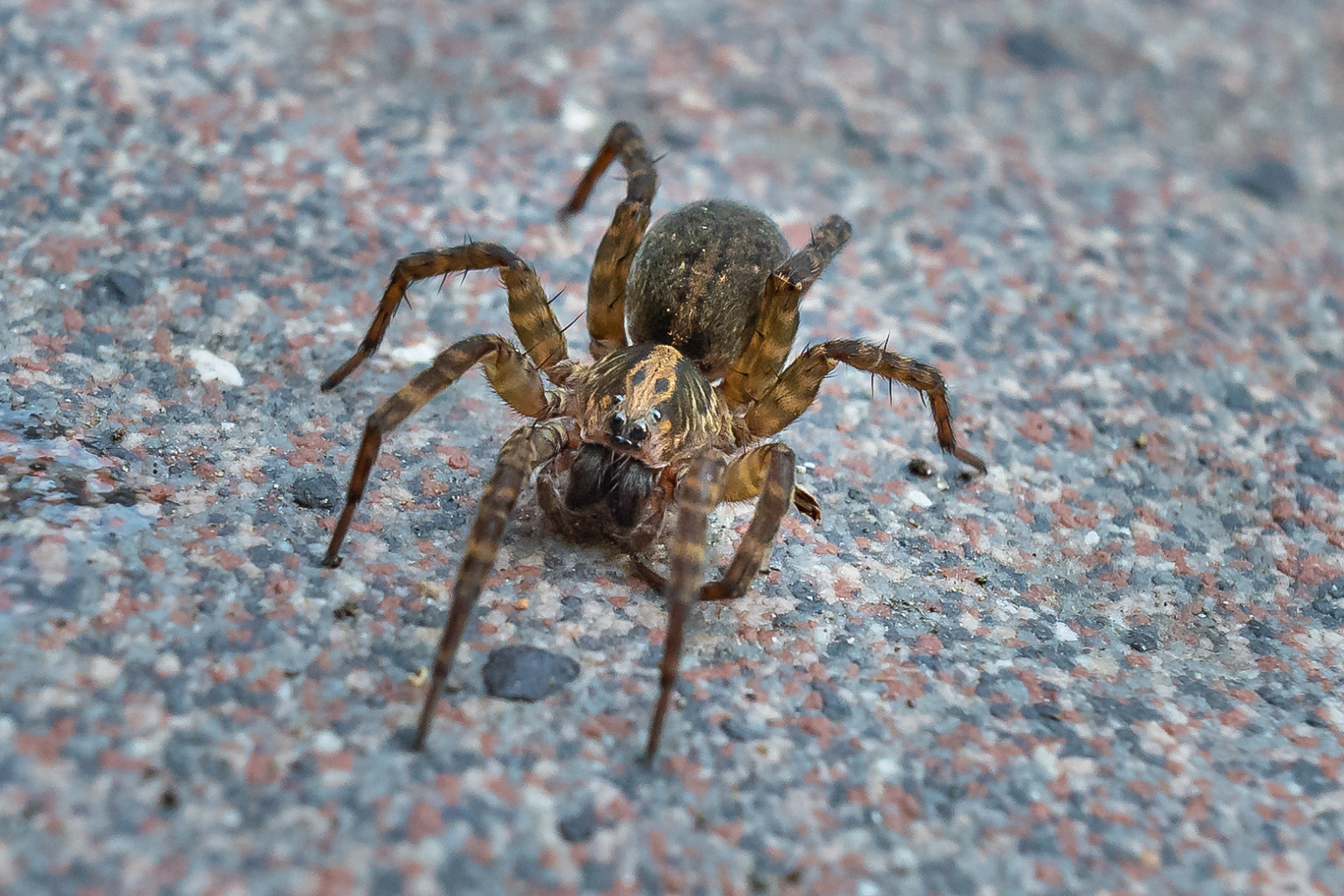
Direct comparison
Distortion
Below the same location (my really messy bookshelf), taken with both the lenses, from exactly the same position.
On the left, the Macro lens. On the right, the D-Dreamer. Both shots are taken at f/11, no lens correction applied.
Apart from the incredible mess of my bookshelf, two things are immediately visible:
* the two lenses, on the field, have a slightly different focal length
* the distortion of the macro lens is way more than the other (quite obvious, since its name is "Zero Distortion")
Vignetting
We can do a similar comparison, between 2 shots taken at f/4 VS f/11 (the D-Dreamer lens can go down to f/2, but it does not make sense to compare f/2 with f/4, in my opinion). As before, no lens correction is applied.
Laowa 15mm f/4 Macro - f/4 (left) VS f/11 (right)
Laowa 15mm f/2 D-Dreamer - f/4 (left) VS f/11 (right)
As you can see, the vignetting in the 15mm Macro is evident. Instead, it is nearly absent in the D-Dreamer (but it was quite obvious, since the D-Dreamer at f/4 is already stepped down).
Resolution
Below, shots cropped at 100%, center of the frame.
Laowa 15mm f/4 Macro - f/4 (left) VS f/11 (right)
Laowa 15mm f/2 D-Dreamer - f/4 (left) VS f/11 (right)
The behavior is more or less identical, as expected.
Coma
Coma is a very important optical quality for nightscapes lovers. I think it worth to speak about it, because in the beginning I started using the 15mm D-Dreamer exclusively for nightscapes (funny to admit that now it is probably my most used lens at all!).
I already spoke about coma in 15mm D-Dreamer here: the overall quality is very good, coma is nearly absent in the center of the frame, and (as expected) a bit more present in the corners. It worth to remember that the 15mm D-Dreamer got 4.75 out of 5 in the Lonely Speck review!
Now let's see how the 15mm Macro lens performs in night conditions.
In the gallery there is a shot, taken in my front yard. I'm sorry it is not the best subject at all, but during the lockdown this is all I can do.
Shot details: ISO 1600, 20s, f/4 on a Sony a7R III
Here a 100% crop of the center of the frame:
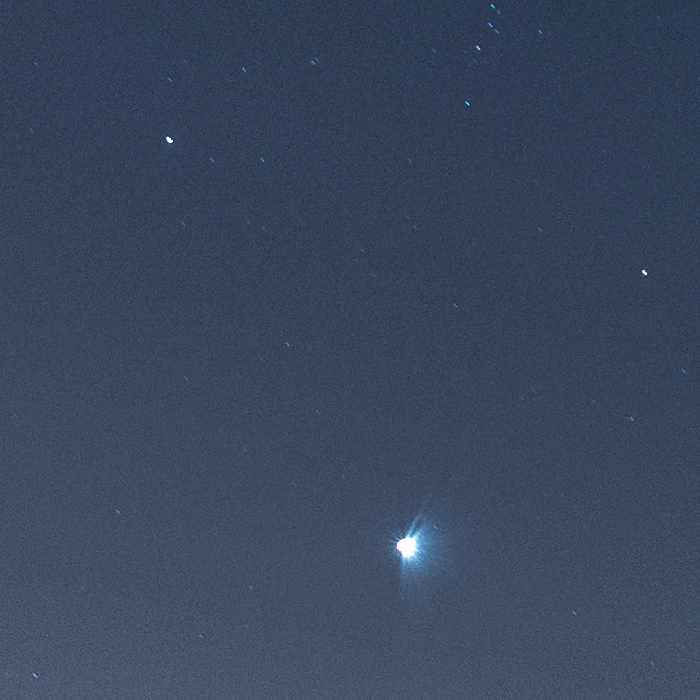
It is possible to see that the coma, even in the center, is strong on the bigger star (not so strong on the smaller ones). Let's see a 100% crop of the same shot, in the top-left corner:
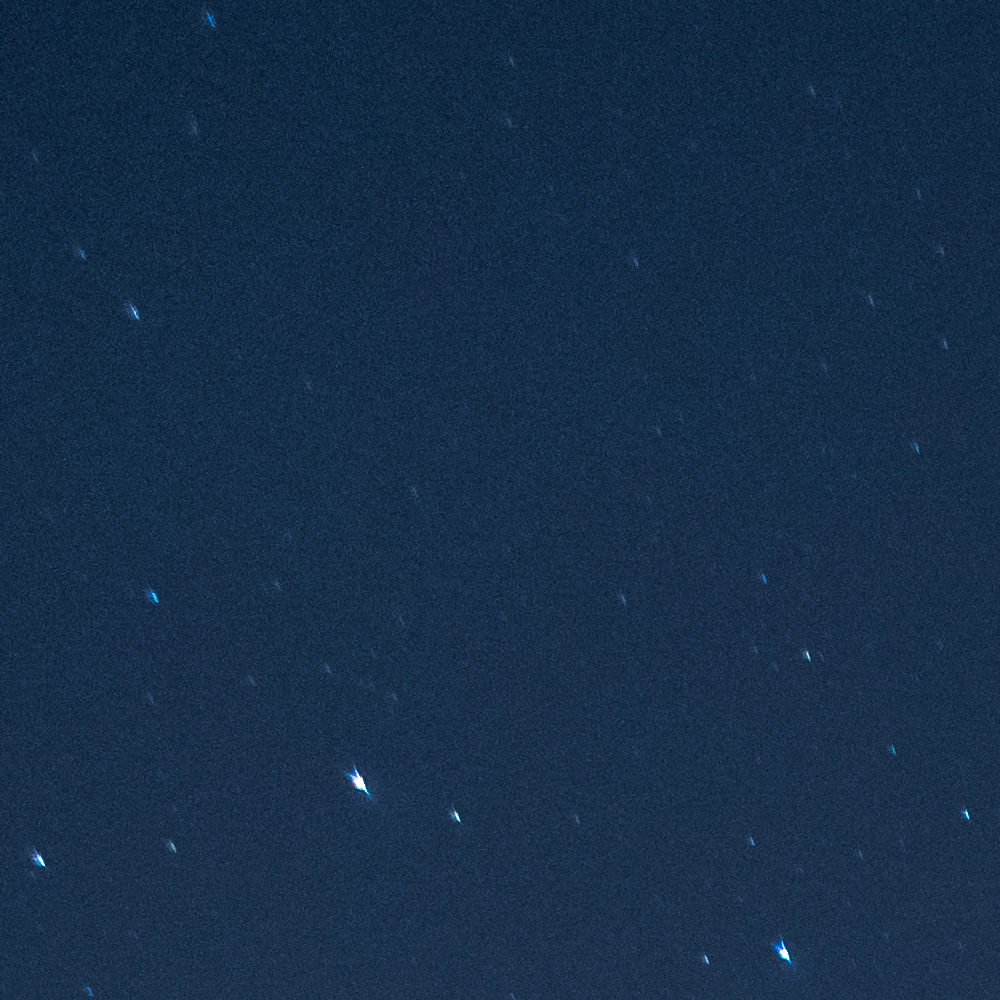
Again, the coma is present (even on smaller stars), and we can see also a bit of distortion.
Even without a comparison shot, it is possible to say that, generally speaking, the 15mm D-Dreamer performs a bit better in nightscape shots.
Considerations
Apart from the "technical" analysis above, there are some considerations that can be done:
* the D-Dreamer lens is freakin' fast, and (for my personal style of photography) it is absolutely perfect for nightscapes. The f/2 aperture is a must-have, when you want to shoot those great starry skies. On the contrary, the 15mm Macro is a bit too "dark" and slow for nightscapes. Moreover, we saw the differences in coma aberration.
* both the lens can focus relatively close, but (obviously) only the Macro one permits the "Jurassic landscapes".
* the shift feature on the 15mm Macro is great, especially if you plan to use it for cityscapes. Anyway, I cannot say it is a perfect lens for architectural, because it is not easy to "fine set" the shifting mechanism.
* the bokeh is good, but for my personal taste I prefer the one of the D-Dreamer
So what?
So... in the end, which of the 15mm lenses from Laowa is the best?
Short answer: the one you need!
Jokes apart, what I can say is that there isn't "a better lens", it depends on the situation:
* if you are a nightscape addicted, in fond of starry skies, then the 15mm f/2 D-Dreamer is the lens to buy.
* if you are a Macro fan, or if you want to achieve the "Jurassic look" in your landscapes, then the 15mm f/4 Marco is the way to go.
My personal opinion: if you want a "all purposes" lens, and you are not 100% macro addicted, probably I would suggest you the D-Dreamer one. The overall quality is great, and you can anyway focus a subject quite close to the camera. Moreover, I prefer the bokeh and the out-of-focus blur of this lens.
But guess what?** I decided to keep both of them**, because I want to be able to experiment new styles.
Final notes
If you want to buy the things you saw on this article, consider to buy them from the following links. You will pay them absolutely the same money, and you will help me in writing new posts like this one.
Laowa 15mm f/2 "D-Dreamer": Venus Laowa - Amazon
Laowa 15mm f/4 Macro: Venus Laowa - Amazon
Laowa 100mm f/2.8 Ultra Macro: Venus Laowa
